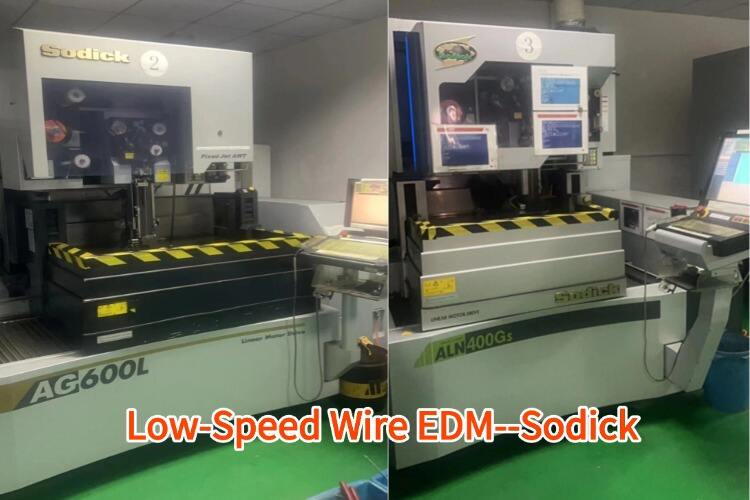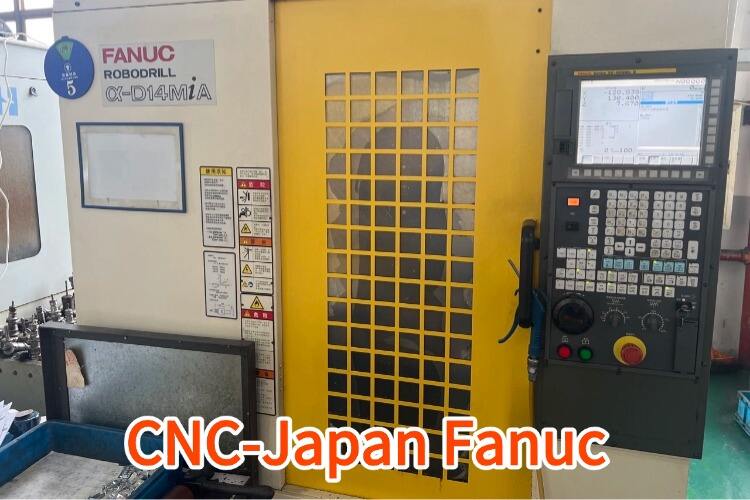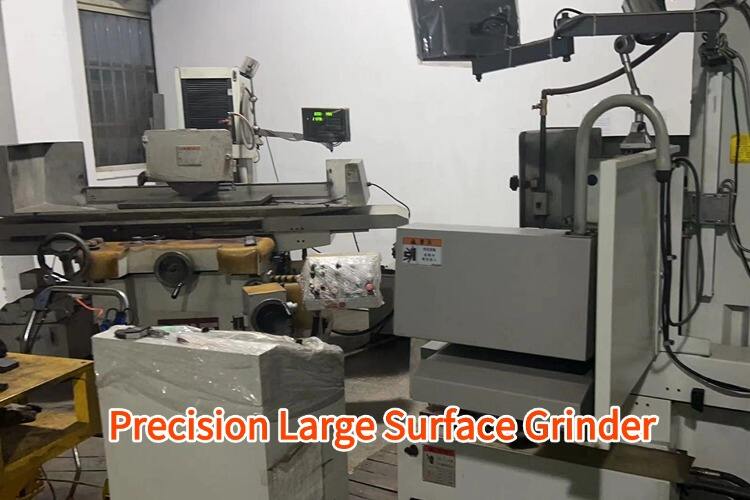stamping dies
Stamping dies are essential industrial tools designed for the mass production of metal components through the stamping process. These precision-engineered devices consist of two main parts: the upper die and lower die, which work in tandem to shape, cut, or form metal materials. The dies operate by applying controlled pressure to metal sheets, creating consistent and accurate components for various applications. Modern stamping dies incorporate advanced features such as progressive die systems, which perform multiple operations in sequence, and automated feed mechanisms that ensure precise material positioning. The technology behind stamping dies has evolved to include computer-aided design (CAD) integration, allowing for complex geometries and tight tolerances. These tools are fundamental in automotive manufacturing, electronics, aerospace, and consumer goods industries, where they produce everything from simple brackets to intricate electronic components. The durability of stamping dies is enhanced through heat treatment processes and specialized coatings, ensuring long service life and maintaining dimensional accuracy throughout production runs.


